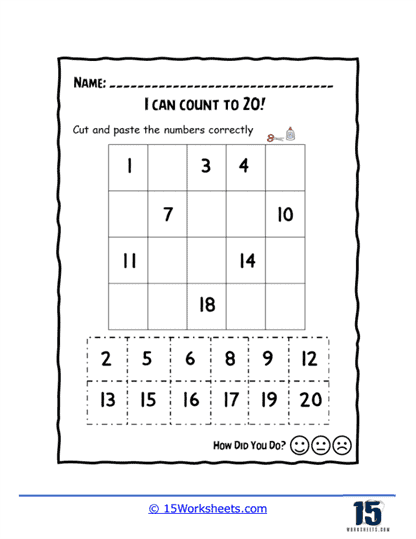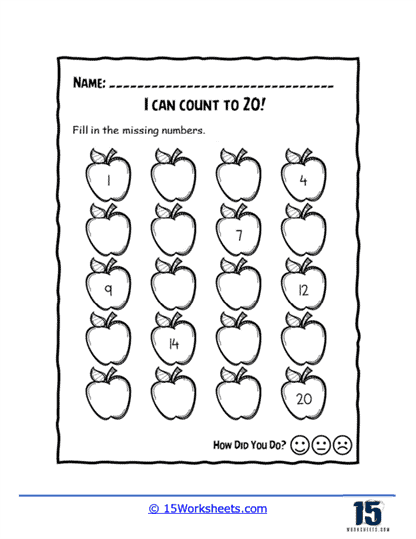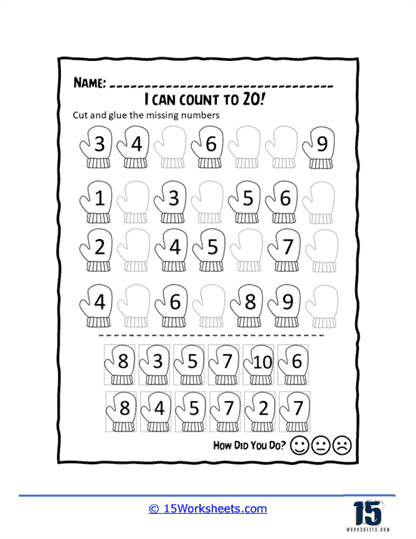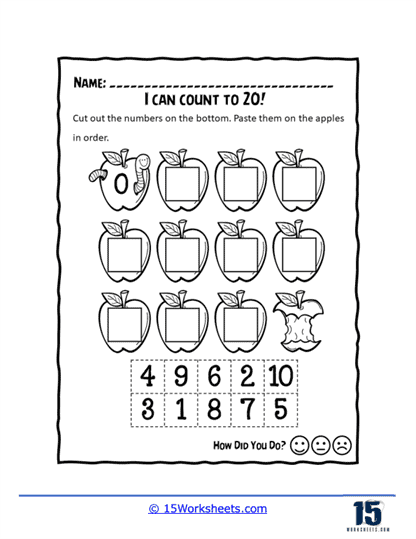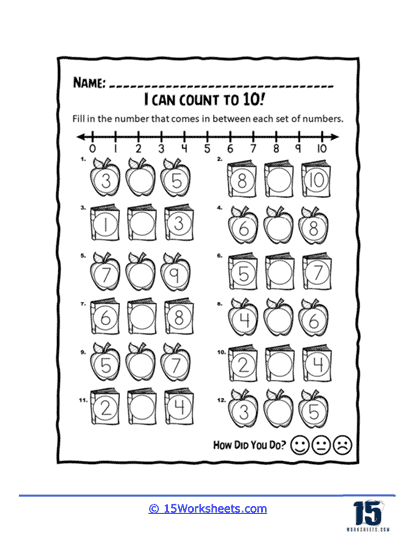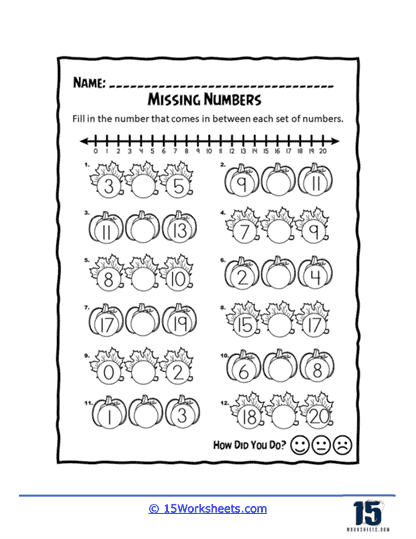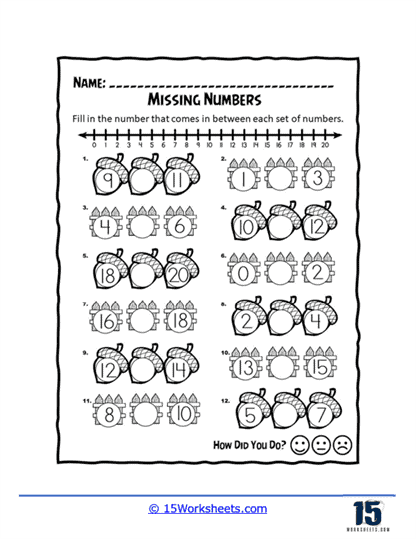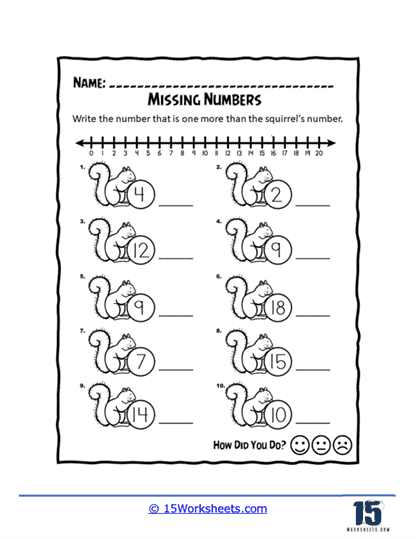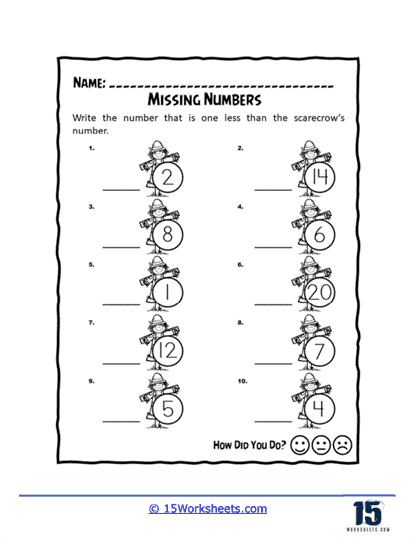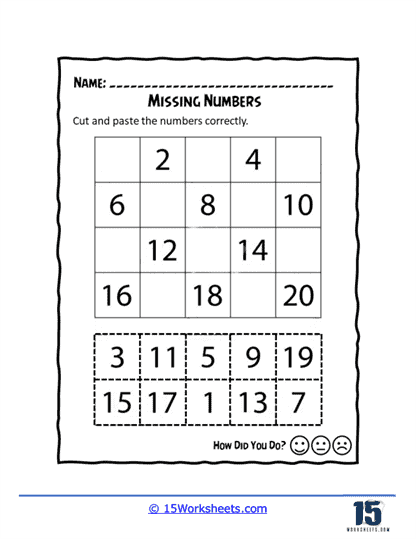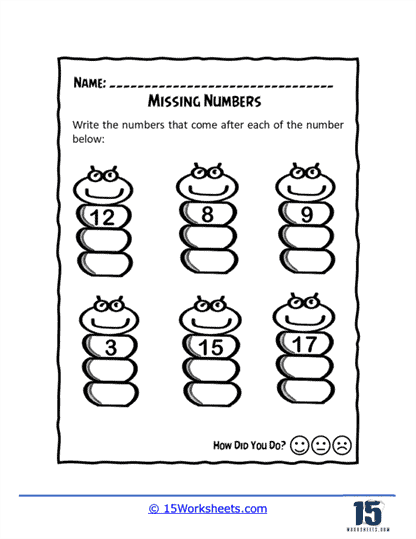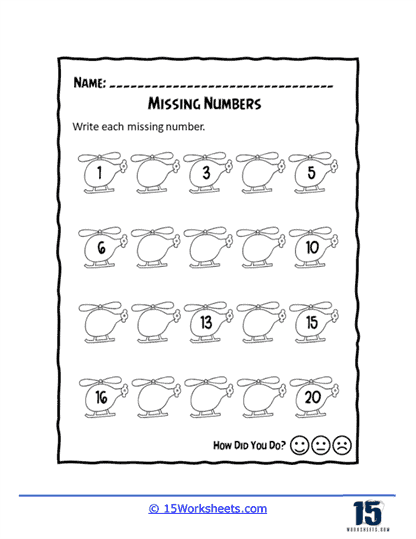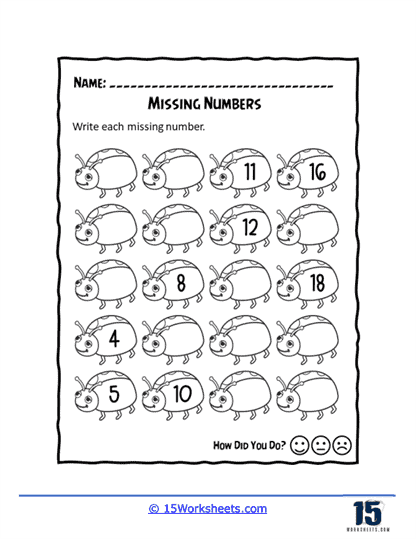Missing Number Double Digit Addition Worksheets
All About These 15 Worksheets
These Missing Number Double Digit Addition worksheets are a series of 15 worksheets designed to help students master the concept of double-digit addition and develop their problem-solving skills. The worksheets include a sequence of numbers from 1 to 20, with some numbers missing that the students need to fill in according to the correct sequence.
Each worksheet in the series includes a mix of problems with varying degrees of difficulty, designed to challenge and engage students at different skill levels. The worksheets are designed to help students develop their understanding of double-digit addition by reinforcing their understanding of number sequencing.
The worksheets in this series are most suitable for students in grades 1 to 3. It can be used in the classroom as a supplement to the math curriculum or at home as a way for parents to help their children practice and reinforce their math skills.
Overall, these Missing Number Double Digit Addition worksheets provide a comprehensive and engaging way for students to master double-digit addition and develop their problem-solving skills. With these worksheets, students can build a solid foundation in math and develop the skills they need to succeed in higher-level math courses.
How to practice memorizing the sequence of numbers 1-20
Learning to count from 1 to 20 is an essential foundational skill for young learners. Here are some tips on how students can easily learn how to count from 1 to 20.
- Use Visual Aids: Use visual aids like counting charts, number lines, or counting blocks to help students visualize the numbers as they count.
- Practice Counting Daily: Incorporate counting into daily routines, such as counting toys or books during playtime or counting the steps while climbing the stairs.
- Sing Counting Songs: Sing counting songs or rhymes to help students remember the sequence of numbers. Examples include “One, Two, Buckle My Shoe,” or “Ten Little Monkeys Jumping on the Bed.”
- Play Counting Games: Play counting games such as counting objects in a room, playing hide-and-seek by counting while someone else hides, or counting the number of claps during a song.
- Use Technology: Utilize educational apps or online games that involve counting, such as interactive counting games or virtual counting flashcards.
- Answer Worksheets for Practice: Completing a series of worksheets like these encourage practice, and helps students retain their knowledge better.
By using a combination of these strategies, students can easily learn how to count from 1 to 20 and develop a strong foundation in math skills. It’s important to make learning fun and engaging, so students remain interested and motivated to practice their counting skills.

